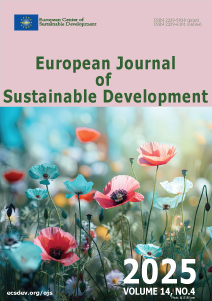A Historical and Contemporary Perspective: Thermal Comfort in Prefabricated Timber Houses
Keywords:
Prefabricated Timber Houses, Indoor Environmental Quality (IEQ), Thermal Comfort, Existing Buildings, Sick Building SyndromeAbstract
Timber construction is gaining popularity worldwide due to its advantages over traditional masonry systems, including energy-efficiency, sustainability, and fast prefabrication. The technology of prefabricated timber buildings has evolved significantly, affecting the indoor environmental quality (IEQ) of such buildings, which are generally perceived as offering high living comfort. While contemporary design practices aim to ensure high performance in new buildings, existing timber structures often fail to meet modern standards. In addition to common issues such as ageing, poor energy-efficiency, and functional inadequacies, problems like seismic vulnerability, fire risk, and the so-called “sick building syndrome” are increasingly relevant. As part of the project Indoor Environmental Quality in Prefabricated Timber Houses: A Historical and Contemporary Perspective, funded through the Public Call Problem-Based Learning for Students in a Work Environment 2024–2027, we investigated IEQ in two houses built by the Slovenian manufacturer Marles hiše Maribor d.o.o. The project was carried out in close collaboration with the company. Using long-term measurements, we assessed and compared thermal comfort and other parameters in an older and a newer prefabricated timber house. The findings offer guidance for both the renovation of existing buildings and the design of new ones, emphasising the importance of aligning energy performance with indoor comfort.
Keywords: Prefabricated Timber Houses, Indoor Environmental Quality (IEQ), Thermal Comfort, Existing Buildings, Sick Building Syndrome
Downloads
Published
How to Cite
Issue
Section
License

This work is licensed under a Creative Commons Attribution-NonCommercial 4.0 International License.





